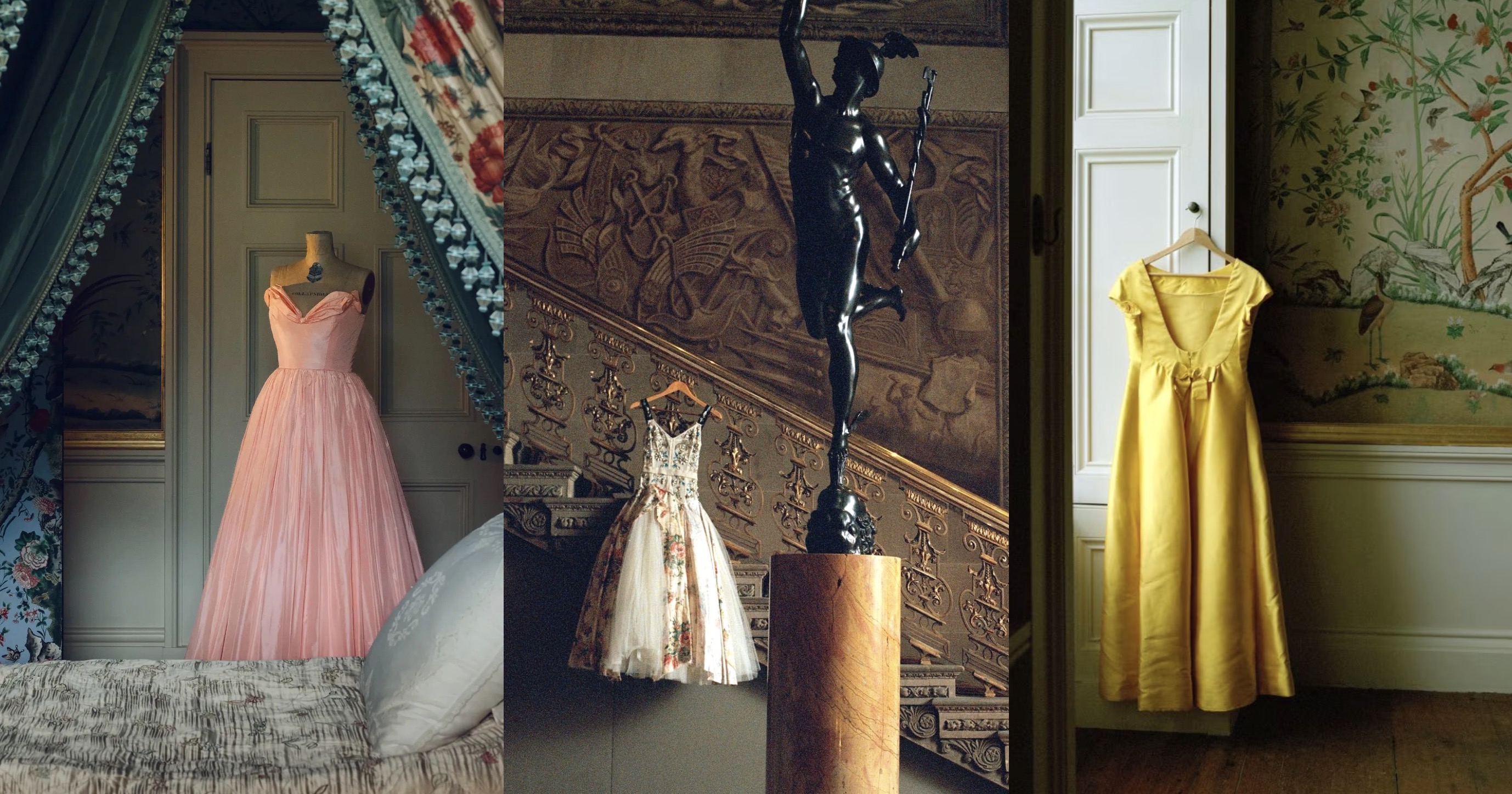by Scott Mehl
© Unofficial Royalty 2023
photo: Royal Collection Trust / © His Majesty King Charles III 2023
St. Edward’s Crown is considered to be the most important piece of the British regalia, used only for the crowning of the Sovereign. The original medieval crown, claimed to have belonged to King Edward the Confessor (St. Edward) from the 11th century, had been destroyed or melted down in 1649 following the overthrow of the monarchy. After the Restoration, a new crown – designed very similarly to the original relic – was made in 1661 for the coronation of King Charles II.
The band, bordered in gold beads, is adorned with sixteen clusters, each set with a rectangular or octagonal stone, surrounded by topazes and aquamarines. Supported by the band are four crosses pattée and four fleurs-de-lis, all bejeweled. Four half-arches form the top of the crown, topped with a jeweled gold monde supporting a cross pattée.
Until 1911, the jewels used in the crown were rented or borrowed for the ceremony and then returned to the jewelers. However, for the coronation of King George V in 1911, the crown was permanently set with jewels which remain to this day.
Embed from Getty Images
Prior to the 2023 Coronation of King Charles III, the last time St. Edward’s Crown was seen publicly was at a service at Westminster Abbey in June 2013, celebrating the 60th anniversary of the Coronation of Queen Elizabeth II. This was the first time the Crown had left the Tower of London since The Queen’s Coronation in 1953.
Despite the intent that it be the coronation crown for all future sovereigns, it was only used three times – King Charles II (1661), King James II (1685) and King William III (1689) before it was deemed too heavy. Beginning with Queen Anne (1702), St. Edward’s Crown was instead included in the procession into Westminster Abbey and placed on the altar (with the exception of Queen Victoria’s Coronation in 1838, when St. Edward’s Crown was not used at all). It would be 209 years before it returned to use, at the coronation of King George V in 1911.

Crown of George I, 1714. photo: Royal Collection Trust / © His Majesty King Charles III 2023
In the interim, several other crowns were used. Both Queen Mary II and Queen Anne chose smaller diamond crowns of their own. Kings George I (1714), George II (1727), George III (1761), and William IV (1831) all used the State Crown of George I, made for his coronation in 1714. King George IV (1821) had a new crown made for his Coronation. Queen Victoria (1838) chose to be crowned with her new Imperial State Crown, which was also used by her son, King Edward VII in 1902. It was King George V (1911) who brought St. Edward’s Crown back to the Coronation ceremony, and it has been used ever since.
This article is the intellectual property of Unofficial Royalty and is NOT TO BE COPIED, EDITED, OR POSTED IN ANY FORM ON ANOTHER WEBSITE under any circumstances. It is permissible to use a link that directs to Unofficial Royalty.
